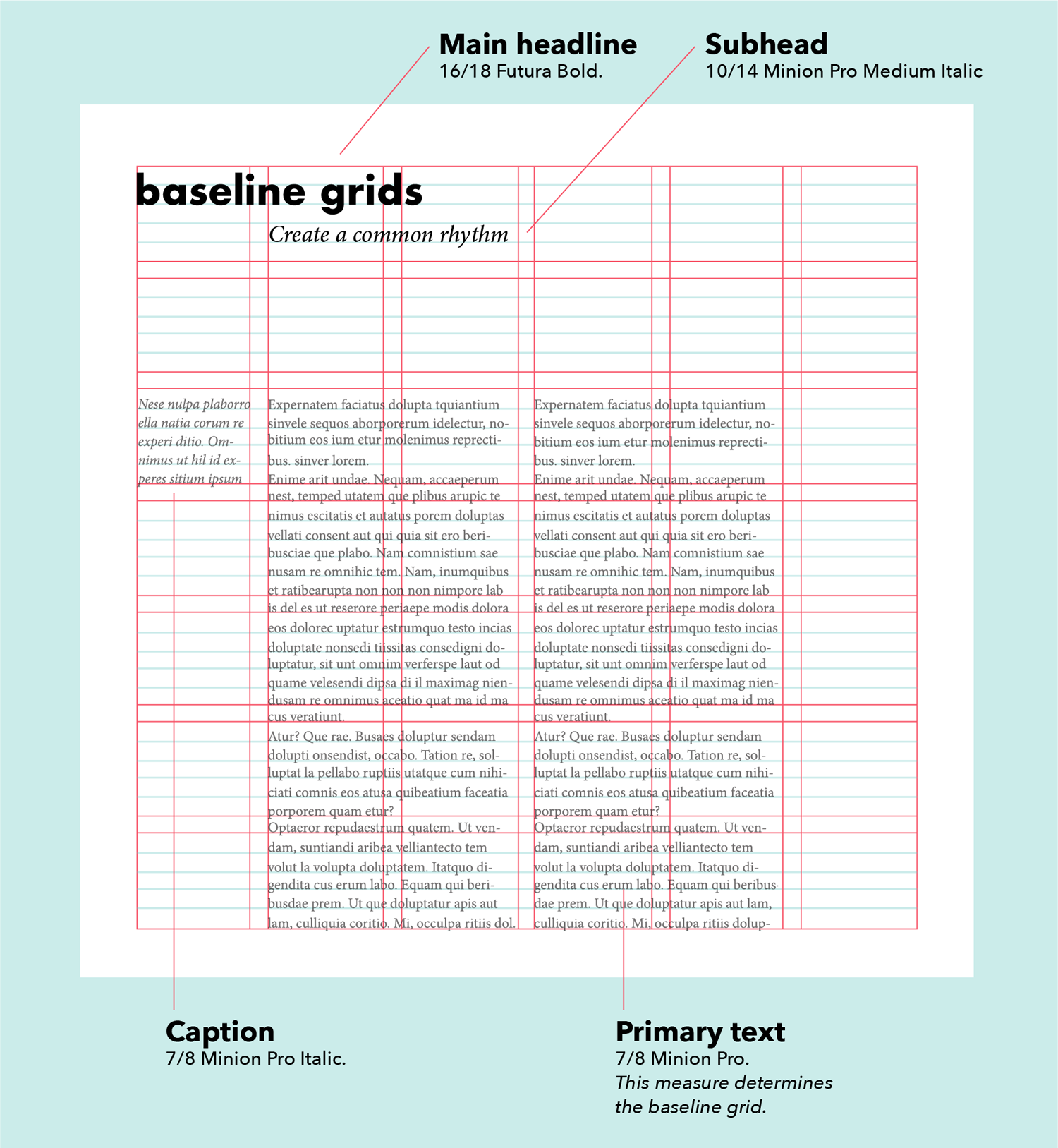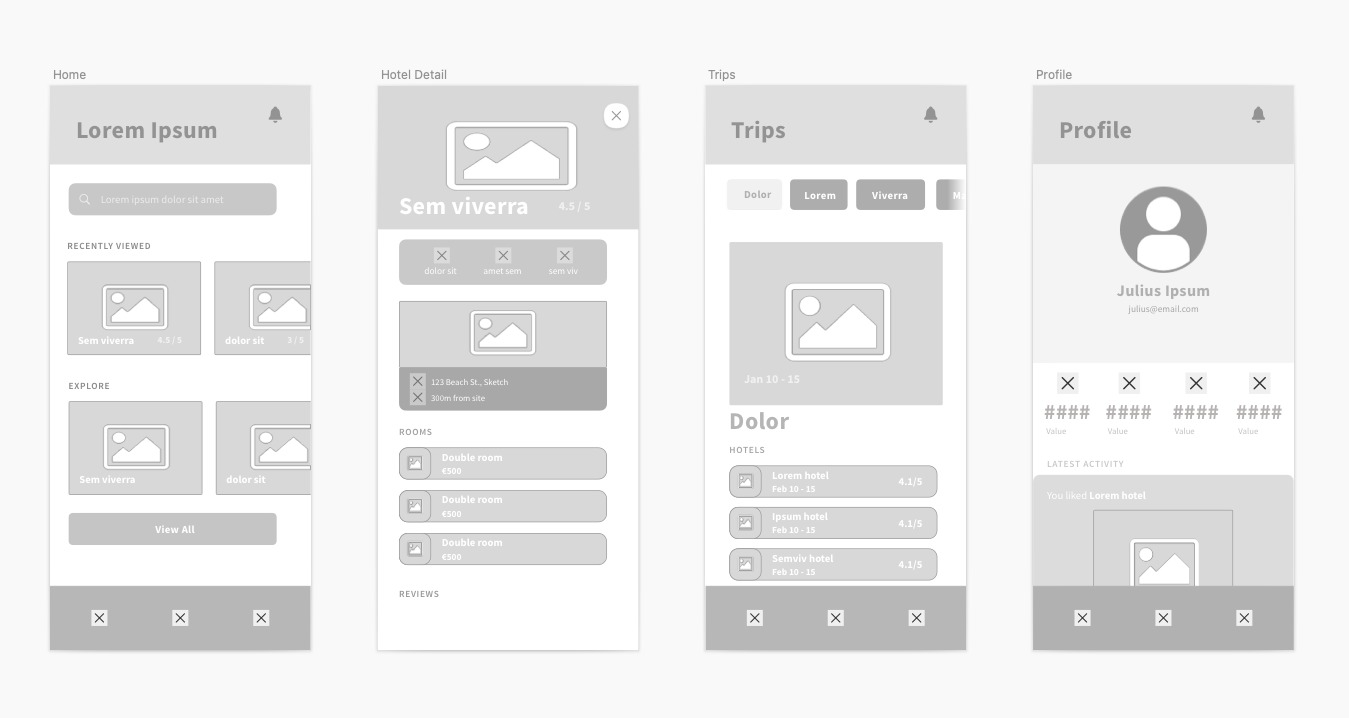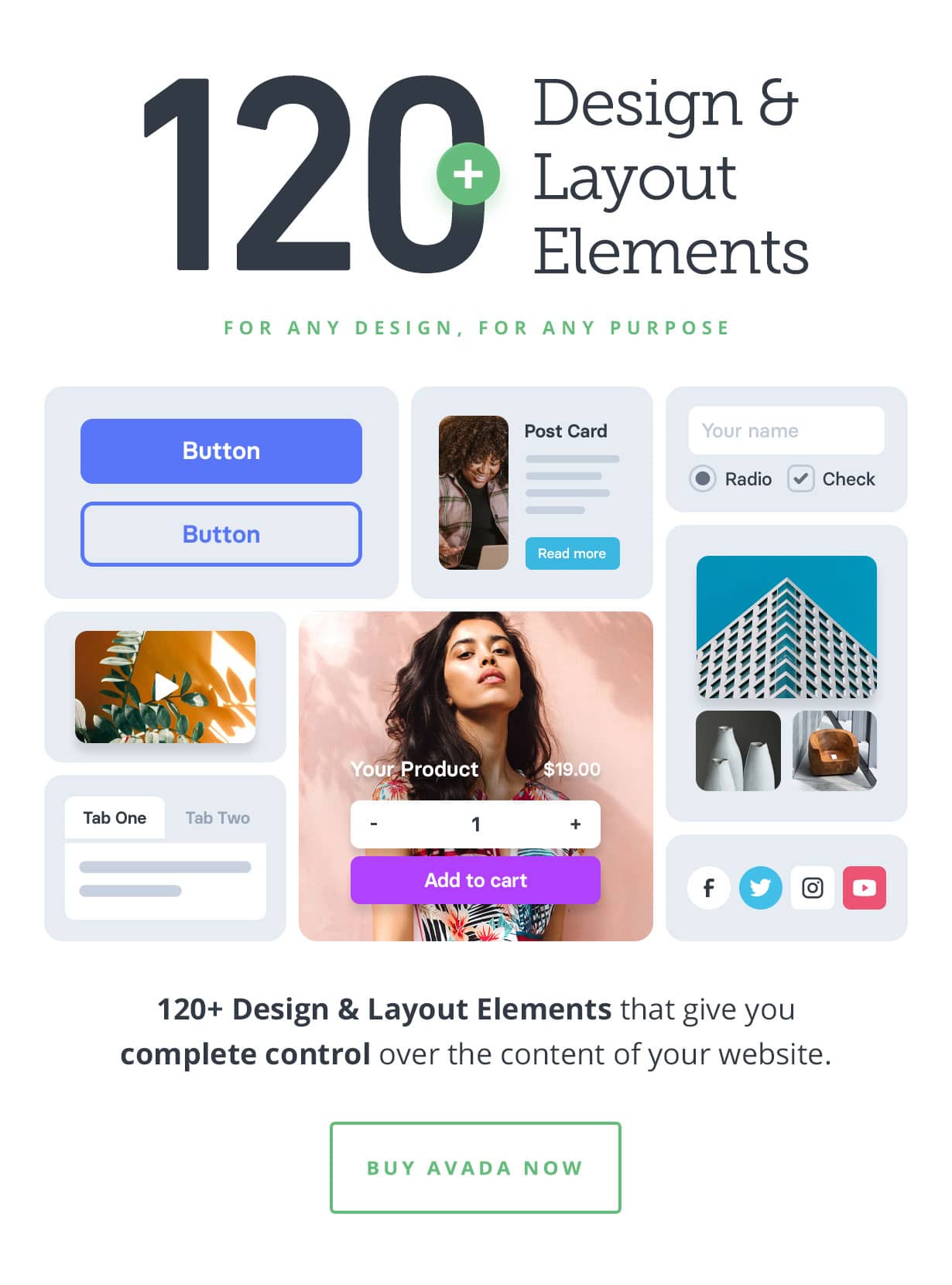
The goal of modern website design is to create positive user experiences. You can create a modern web design in many different ways. However, it's important that you use elements that are compatible to maximize the website's impact. These ideas can help to create a unique website for your business that will help it grow.
One of the easiest ways to create a modern website is by using a flat design approach. This includes using color schemes, fonts, and gradients. You can also incorporate decorative elements into your layout to make the layout more appealing.
It is also possible to create a modern website using big, bold fonts. This will allow for you to communicate the most important information about product or service. To showcase your products, you could also use images or videos. Videos are easy to view and will help your audience get to know you and your company.
Another great addition to your website is white space. This will make it more easy to use and create a visual hierarchy. You should leave plenty of white space between sections.

Your website headers are prime media real estate. Embedded videos and background illustrations are popular choices. They can change their color upon hovering and can even turn into games when clicked.
Creating a modern website may seem like a daunting task. However, it doesn't need to be. With the right tools you can create a beautiful, functional layout to help you reach your goals. Many professional design services are available for those who don't want the time and effort to make it happen. Many of them are capable of creating the modern website you envision.
Modern websites must be responsive. They will adapt to various device specifications in order to maximize readability. Additionally, they load quickly which can reduce your bounce rate.
Modern website designs include elements such color theory, grid system, and motion graphics. They are easy-to-implement and maintain. They will be updated frequently with new trends.
A modern website design can help increase conversions, increase online visibility, and make customers feel at ease. It will also reflect your brand's key messages and reflect your company's core values. These tips can help you create the perfect design.

Stable colors are important when designing your website. It will allow you to build a strong brand identity that will last for years to come. Your content can also be influenced by color. You can create a cohesive look by using a mix of colors and repeating patterns in your content.
It's okay to play with different layouts in designing a modern website. Visitors will stay longer on your site if they feel like they are receiving something special. You can make your website interactive and immersive so that they return to it from any device, whether their computer is a laptop, tablet or smartphone.
FAQ
Which platform is best for designing a website?
The best platform for designing a website is WordPress. It offers all the features that you need to build a professional-looking website.
Themes can be easily customized and installed. There are many themes to choose from online.
Plugins are another way to add functionality. They can do everything, from adding social buttons to creating contact pages to adding forms.
WordPress is extremely user-friendly. You don’t need to know HTML code to edit your theme files. Click on an icon to select the theme you wish to change.
There are many options, but WordPress is the best. Millions of people use it every day.
How Much Does it Cost to Create an Ecommerce Website?
This depends on your platform and whether you hire a freelancer or go through a service provider. eCommerce websites start at about $1,000.
However, once you decide on a platform, you can expect to pay anywhere between $500 and $10,000.
A template is usually less than $5,000 if you plan to use it. This includes any customizations that you might need to suit your brand.
Can I build my website using HTML & CSS?
Yes! If you've read this far, you should now know how to create a website.
After you have learned how to structure a website, you will need to know HTML and CSS.
HTML stands for HyperText Markup Language. This is like writing a recipe. It would list the ingredients, directions, and how to do it. Similarly, HTML tells a computer which parts of text appear bold, italicized, underlined, or linked to another part of the document. It's the language for documents.
CSS stands for Cascading Style sheets. It's like a stylesheet for recipes. Instead of listing every ingredient and instructions, you create general rules about font sizes, colors, spacing and other details.
HTML tells a browser how to format a webpage; CSS tells a browser how to do it.
Don't worry if you don't know the meaning of either one of these terms. Follow these tutorials to create beautiful websites.
What Types of Websites Should I Create?
This question is dependent on your goals. To build a business around your website, you may want to focus on selling products online. To do this, you will need to create a strong eCommerce website.
Blogs, portfolios, as well as forums are some other popular web types. Each one requires different skills and tools. You will need to be familiar with blogging platforms like Blogger or WordPress if you wish to create a blog.
Once you have chosen a platform, it is also important to determine how you can customize the appearance of your site. There are lots of free themes and templates available for each platform.
After you have chosen a platform, it is time to add content. Pages can include images, videos, text and links.
Once you're ready to publish your website online, click here. Visitors can access your website in their browsers once it is published.
Should I hire a web designer or do it myself?
If you're looking to save some money, don’t pay for web designing services. If you need high quality results, it may not be worthwhile to hire someone else to build your website.
You can build websites yourself without paying for professional designers.
If you're willing put in the work, you can create a website that looks great using tools like Dreamweaver.
Another option is to hire a freelance web developer for a project that charges per hour.
What is a responsive website design?
Responsive web design (RWD), is a way to create websites that display responsively on all devices, including smartphones, tablets, desktop computers, laptops and tablets. This allows users to view a website on one device simultaneously but still access other features such as navigation menus, buttons, etc. RWD aims to ensure that every user who views a site is able to view it on any screen size.
If you are building a website to sell products primarily via eCommerce, then you want to make sure that customers can purchase items from your store even if they view it on their smartphones.
A responsive website will adjust its layout automatically based on what device is used to view it. A website that is viewed on your laptop will display the same way as a desktop website. It will be different if the page is viewed from your phone.
This means that you can create a single website that looks great on every type of device.
What does a UI designer do?
A user interface (UI) designer creates interfaces for software products. They are responsible to design the layout and visual elements for an application. Sometimes, the UI designer might also include graphic artists.
The UI Designer should be able to identify problems and solve them.
A UI designer must have a passion about technology and software design. The field requires that the designer understands all aspects of it, from designing ideas to writing code.
They should be able create designs with various tools and techniques. They should be creative thinkers and be able to solve problems using innovative solutions.
They must be organized and detail-oriented. They must be able quickly and efficiently to create prototypes.
They must be comfortable working with clients of all sizes. They must be capable and willing to adapt to new situations and environments.
They must be able communicate with others effectively. They should be capable of communicating clearly and concisely.
They must be well-rounded and have strong communication skills.
They should be motivated and driven.
They should be passionate about what they do.
Statistics
- At this point, it's important to note that just because a web trend is current, it doesn't mean it's necessarily right for you.48% of people cite design as the most important factor of a website, (websitebuilderexpert.com)
- Studies show that 77% of satisfied customers will recommend your business or service to a friend after having a positive experience. (wix.com)
- In fact, according to Color Matters, a signature color can boost brand recognition by 80%. There's a lot of psychology behind people's perception of color, so it's important to understand how it's used with your industry. (websitebuilderexpert.com)
- Is your web design optimized for mobile? Over 50% of internet users browse websites using a mobile device. (wix.com)
- When choosing your website color scheme, a general rule is to limit yourself to three shades: one primary color (60% of the mix), one secondary color (30%), and one accent color (10%). (wix.com)
External Links
How To
What is Website Hosting?
Website hosting describes where visitors go when they visit a site. There are two types:
-
Shared hosting - This is the cheapest option. Your website files will reside on a server belonging to someone else. Customers who visit your website send their requests via the Internet over to that server. The request is then handed to the owner of that server.
-
Dedicated Hosting - This option is the most costly. Your website is hosted entirely on one server. Your traffic is private because no other websites have shared space on this server.
Most businesses choose shared hosting because it's less expensive than dedicated hosting. With shared hosting, the company that owns the server provides the resources needed to run your website.
However, both have their advantages and disadvantages. These are some of the major differences between them.
Pros of Shared Hosting
-
Lower Cost
-
Easy to Setup
-
Frequent Updates
-
It can be found on many web hosting companies
You can get shared hosting for as low as $10 per monthly. This price often includes bandwidth. Bandwidth is the data transfer speed that you have over the Internet. Even if you upload only photos to your blog you might still have to pay more for large amounts of data that you transfer through your account.
You'll soon discover why you paid so much more for your previous host when you get started. The majority of shared hosts offer limited customer support. While they may occasionally assist you in setting up your site and other tasks, after that you are all on your own.
A provider with 24-hour telephone support is a good choice. They will take care of any issues while you sleep.
Hosting dedicated:
-
More Expensive
-
Less Common
-
Requires Special Skills
With dedicated hosting you will have everything you need to manage your website. You won't have worry about whether your website is using enough bandwidth, or whether it has enough RAM (random-access memory).
This means that you will have to pay a little more upfront. However, once your business goes online, you'll discover that you don’t need as much technical support. You'll become an expert at managing your servers.
Which is better for my business?
The answer to this question depends on which type of website you wish to create. Shared hosting might be best if you just want to sell products. It's simple to set it up and keep it updated. It's easy to set up and maintain, as you share a server with other sites. You will likely be updated frequently.
However, dedicated hosting is the way to go if you want to build a community around your brand. You can put your efforts into building your brand, and not worry about how to handle your traffic.
Bluehost.com is a web host that offers both. Bluehost.com provides unlimited monthly data transfer, 24/7 support, free domain registration and a 30-day money back guarantee.